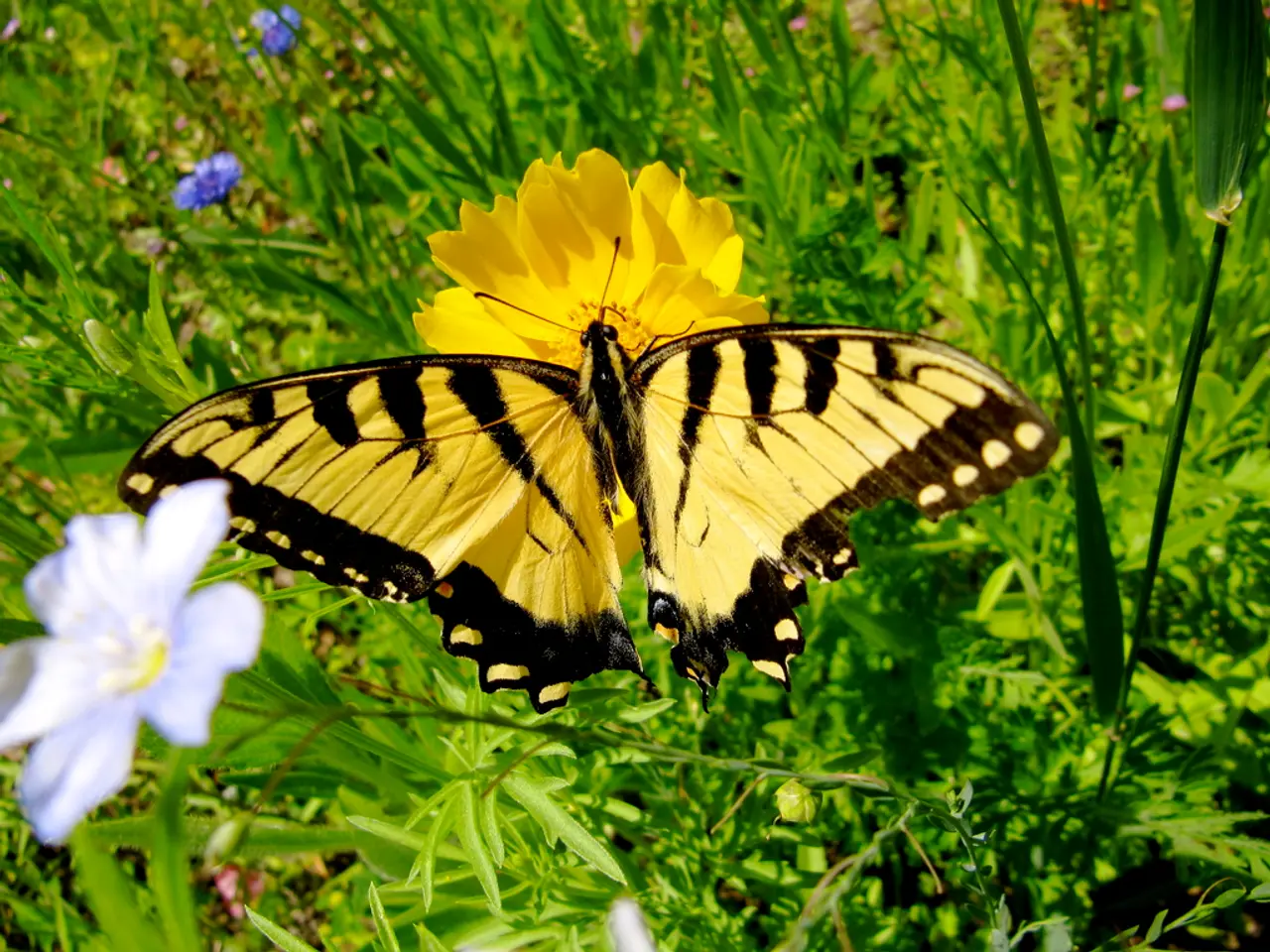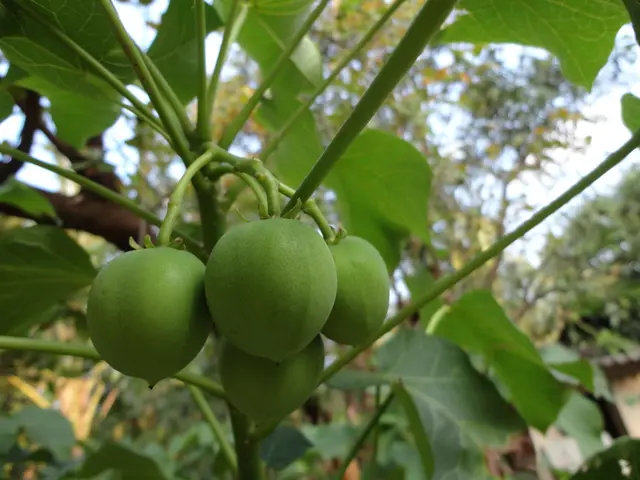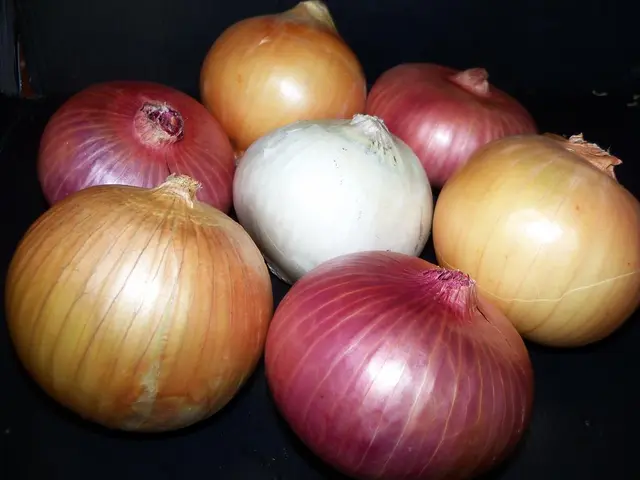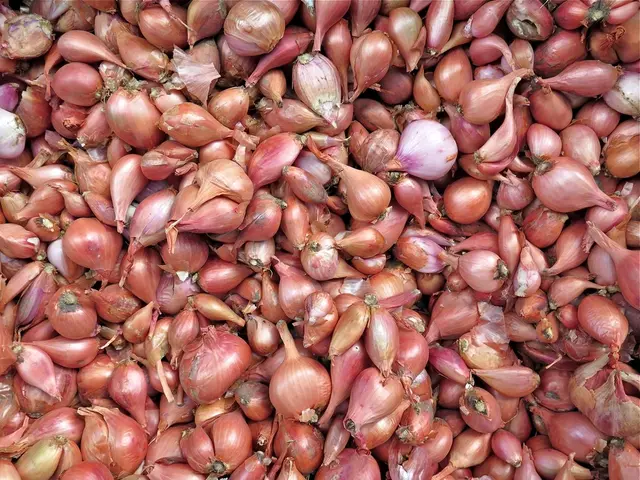Five Butterfly Garden Cultivation Methods - For Attractive Containers and Borders That Foster Wildlife Population
In an effort to create a vibrant and pollinator-friendly space, consider the Medium-Sized Monarch Garden Kit, which includes a diverse selection of plants that will attract and sustain monarch butterflies, as well as other pollinators. The kit features the striking Cardinal Flower (Lobelia cardinalis), known for its touch of red and preferred by hummingbirds, and the Butterfly Milkweed (Asclepias tuberosa), which brings a great pop of orange color in late summer, especially beloved by monarchs.
However, a butterfly-friendly garden is not limited to this kit. By focusing on providing food, water, shelter, and breeding habitat throughout the growing season, you can attract and support a wide variety of butterflies and moths in home gardens and public plantings.
Firstly, plant a diverse selection of flowers and host plants that bloom at different times, offering nectar and pollen. Incorporate native plants whenever possible, as they provide richer nectar sources and have evolved alongside local pollinators. Examples include bee balm, Joe-Pye weed, Black-eyed Susans, golden alexander, and butterfly weed.
Secondly, incorporate host plants for caterpillars, such as parsley, dill, and fennel, which caterpillars feed on before transforming into butterflies. Tolerate some leaf damage as part of this lifecycle.
Thirdly, use layered planting design with ground covers, mid-layer flowering plants, and upper canopy shrubs or trees to provide nectar, shelter, perching spots, and nesting areas that mimic natural ecosystems.
Fourthly, provide accessible, clean water sources like shallow birdbaths, terracotta saucers with pebbles, damp sand with sea salt, or gently sloping water containers. Regularly refresh the water and clean to prevent mosquito breeding.
Fifthly, avoid pesticides and invasive plants that harm pollinators. Instead, opt for alternatives like blazing star and New York ironweed.
Sixthly, create undisturbed areas with perennial plants, leaf litter, dead branches, and un-mowed patches to provide shelter, overwintering sites, and breeding habitat for moths and butterflies.
Lastly, plant flowers with varied shapes, colors, and heights to attract a wide range of pollinators. Examples include 'Little Joe' Joe Pye Weed, Chives, and Thyme, which attract butterflies and bees.
Patience is key—by establishing these habitats and continuously adding favored plants, butterflies and moths will increasingly visit and thrive in your garden. A butterfly- and moth-friendly garden is a diverse, layered ecosystem with native nectar and host plants, reliable water, pesticide-free care, and natural shelter. This approach supports their full lifecycle and promotes a vibrant pollinator-friendly environment.
By expanding your garden to include sections dedicated to home-and-garden and gardening, you can create a garden that caters to a wide variety of pollinators, including butterflies and moths. In addition to the recommended Medium-Sized Monarch Garden Kit, consider incorporating diverse flowers, host plants, and native plants that bloom throughout the growing season to attract these creatures and provide them with food, water, shelter, and breeding habitat.








